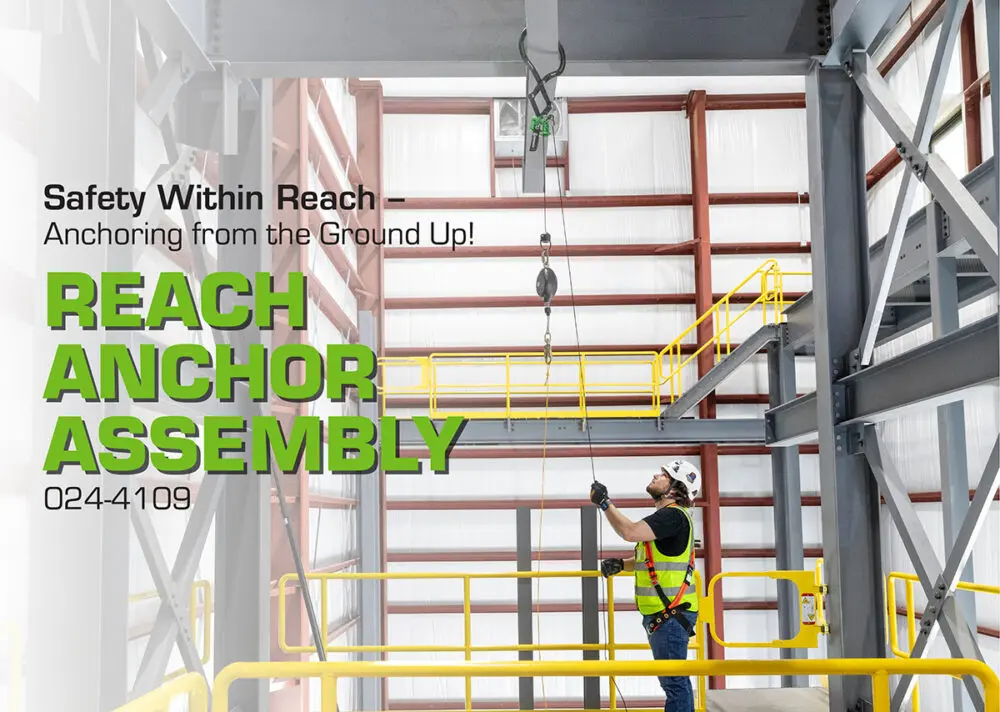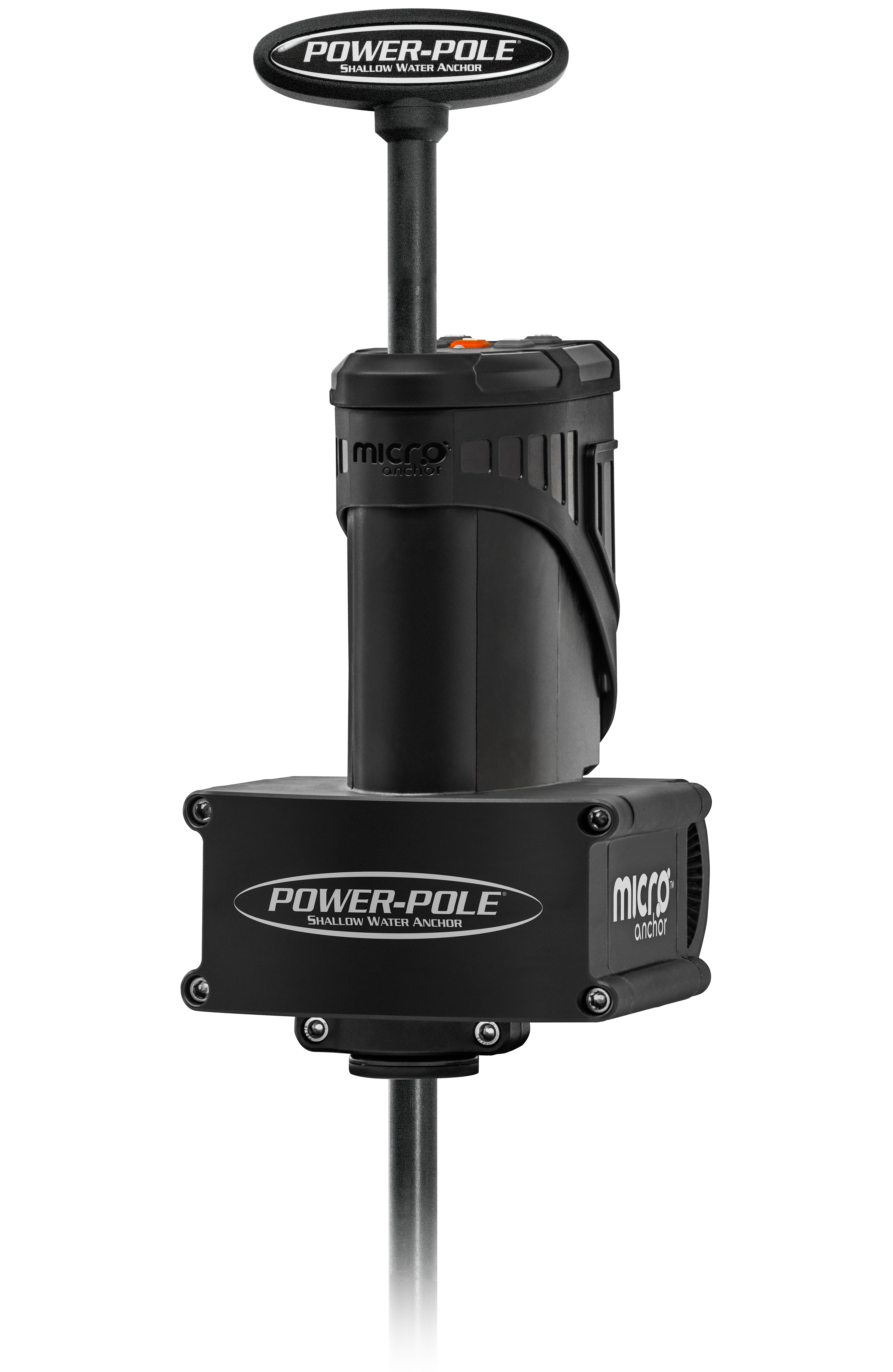Comparing Portable Building Anchors for Different Soil Conditions
The Essential Overview to Understanding Various Sorts Of Anchoring Systems
Understanding securing systems is crucial for different applications, from aquatic to construction settings - Site Security Anchors. Various supports offer one-of-a-kind functions based on their setting and tons needs. This guide discovers the various sorts of supports, consisting of boat, ground, and structure supports. It also resolves the products utilized and essential factors to consider for choice. Each choice impacts security and integrity. What specifically should one prioritize when choosing the appropriate support? The answer lies ahead
Sorts Of Boat Anchors
When choosing a watercraft anchor, comprehending the numerous kinds readily available is necessary for guaranteeing security and security on the water. The most common kinds include the fluke anchor, recognized for its lightweight style and efficient hold in sand and mud; the rake anchor, which masters a variety of seabed problems because of its self-setting capacity; and the mushroom anchor, favored for its holding power in soft bottoms. One more option is the grapnel anchor, often made use of for small watercrafts and kayaks, ideal for rocky shallows. Each anchor type has details applications, adding to its efficiency based on the vessel size and environmental conditions. Picking the ideal anchor not just enhances safety and security however likewise boosts the general boating experience. Understanding these differences allows seafarers to make educated decisions, guaranteeing they maintain control and security while traversing varied water bodies.
Building and Structural Supports
Building and architectural anchors play an essential duty in making sure the stability and safety and security of numerous constructions - Portable Building Anchors. These supports are important parts that protect structures to their structures or assistance systems, protecting against motion as a result of ecological elements such as wind, seismic task, or dirt negotiation. Common types consist of mechanical anchors, adhesive supports, and development supports, each serving particular objectives based on load needs and product compatibility
Mechanical anchors, as an example, are normally used in concrete and stonework, providing high tensile stamina. Glue supports use chemical bonding to attain durable links, while expansion anchors are created to grasp the bordering material as they are tightened up.
The choice of a proper support type relies on aspects such as tons ability, environmental conditions, and the materials included. Proper installation and upkeep of these supports are essential for the longevity and safety and security of the framework, highlighting their value in construction and design techniques.
Ground Supports for Exterior Frameworks
Ground anchors play a necessary role in protecting outside structures versus environmental pressures. Different kinds of ground supports, along with their installment methods, determine their efficiency and integrity. In addition, considerations concerning load capacity are vital for guaranteeing the structural integrity of these setups.
Types of Ground Supports
Supports serve as the foundation for securing outside frameworks, making sure stability and safety and security in differing environmental problems. There are several kinds of ground supports, each developed for particular applications and soil problems. Helical supports include a screw-like design, permitting for simple installation in various terrains. Driven anchors are battered into the ground, giving strong resistance against side loads. Grouted supports use a bonding product to boost security, making them suitable for hefty frameworks. Deadman anchors include a hidden mass that disperses tons, ideal for keeping wall surfaces and fencings. Each kind offers a special purpose, making it possible for designers and builders to choose one of the most reliable securing system based upon job demands and site problems.
Setup Techniques Introduction
Effective installment methods are important for guaranteeing the performance and long life of ground anchors in outside frameworks. Appropriate website assessment precedes setup, where dirt conditions and moisture levels are assessed to identify viability. The selection of the suitable anchor kind should align with structural needs and environmental elements. Throughout installation, precision is key; anchors should be placed at the proper depth and angle to maximize their load-bearing capacities. Utilizing the right tools, such as augers or hydraulic tools, assists in accurate positioning and minimizes disturbance to bordering dirt. Following maker standards for installment treatments is important to accomplishing peak support efficiency. Post-installation inspections guarantee that anchors are securely in place and functioning as planned, consequently boosting the security of the structure.
Lots Capacity Considerations
When evaluating tons capability for ground anchors in outdoor structures, several vital variables have to be taken into consideration to verify safety and efficiency. The dirt type plays a considerable duty; cohesive soils provide various holding abilities compared to granular soils. Additionally, the support's design and product affect its strength and longevity. Environmental conditions, such as moisture and temperature level fluctuations, can additionally influence the anchor's performance with time. The intended tons, including fixed and vibrant pressures, must be analyzed to confirm the support can withstand tensions effectively. Neighborhood regulations and security requirements must be stuck to throughout the choice and setup procedure. Correctly assessing these elements confirms that ground supports work reliably find out here now and support outside structures securely.
Specialized Anchoring Equipments
Specialty anchoring systems are designed to meet one-of-a-kind needs in different applications, providing services where traditional anchors might fail. These systems satisfy details challenges, such as those come across in underwater building and construction, high-altitude installations, or locations with unsteady soil problems. As an example, helical supports are usually made use of in marine atmospheres because of their capacity to offer strong holding power in soft debris. Similarly, rock anchors are utilized in mountainous areas for safeguarding structures against rockfall or landslides. Specialty systems might additionally consist of chemical supports, which bond with substratums to boost load-bearing capacity. Additionally, they usually integrate innovative design techniques to deal with ecological aspects, making sure safety and stability in varied conditions. By utilizing tailored styles, specialty anchoring systems provide services that boost the durability and efficiency of structures in requiring scenarios, making them essential in contemporary construction and design jobs.
Products Utilized in Anchoring Systems
The performance of anchoring systems is substantially influenced by the materials utilized in their construction. Typical materials include steel, aluminum, and numerous artificial composites, each offering distinctive benefits. Steel, usually utilized for its strength and durability, provides robust support in tough atmospheres however is susceptible to corrosion if not effectively dealt with. Light weight aluminum, lighter than steel, uses resistance to corrosion and is optimal for marine applications, although it may not sustain hefty tons as successfully. Artificial materials, such as nylon and polypropylene, are progressively prominent as a result of their light-weight residential properties and resistance to ecological variables. These materials can likewise take in shock loads, improving overall performance. The selection of product plays a vital duty in the effectiveness and long life of securing systems, influencing their suitability for details applications. Comprehending these products enables for better decision-making in the design and choice of securing options.
Elements to Take Into Consideration When Picking a Support
Selecting a support needs cautious factor to consider of several vital variables that can significantly influence its performance and suitability for specific applications. The very first aspect is the type of soil or substratum, as various anchors carry out much better in varying conditions such as clay, sand, or rock. Additionally, the anticipated tons, including dynamic and fixed pressures, have to be examined to figure out the anchor's strength requirements.
The anchor's dimension and weight are likewise significant, as they need to match the vessel or framework being safeguarded to guarantee stability. Ecological problems, such as tidal activities and weather condition patterns, can better influence anchor selection.
Furthermore, the intended usage-- whether for short-term or permanent applications-- will certainly impact the choice of anchor kind. Finally, compatibility with other securing systems can improve overall safety and security and performance. As a result, an extensive analysis of these aspects guarantees the appropriate anchor is picked for peak performance.
Installment and Maintenance Tips

Routine evaluations are necessary to recognize wear, deterioration, or any indications of failing. Individuals need to examine for loose parts and tighten or replace them as needed. Cleaning click this up the support factors regularly can avoid the accumulation of debris that may jeopardize their honesty.
Additionally, users need to consider environmental elements such as dampness and temperature, which might influence the supports' performance. Maintaining records of upkeep tasks can assist track the system's problem over time. Following these methods will boost the integrity and toughness of anchoring systems, eventually adding to the safety and security of the total framework.
Regularly Asked Concerns
What Are the Environmental Effects of Different Anchoring Solutions?
The ecological effects of various securing systems include official site damages to marine environments, debris disruption, and potential injury to neighborhood wildlife. Lasting techniques can minimize these effects, advertising much healthier underwater habitats and protecting biodiversity in seaside locations.
Exactly How Do Regulations Affect Anchoring System Choices?
Regulations significantly influence anchoring system selections by imposing safety and security criteria, environmental protections, and operational standards (Duckbill Earth Technology). Customers have to abide with these demands, leading to the option of systems that stabilize performance, validity, and ecological considerations.
Can I Make Use Of Multiple Supports Together?
Utilizing numerous supports together is practical and usually enhances security. One need to take into consideration the particular conditions and characteristics of each anchor kind, ensuring they function sympathetically to accomplish the preferred holding power and security.
What Are Common Blunders When Using Anchoring Systems?
Common errors when using anchoring systems include improper weight circulation, insufficient knowledge of environmental problems, ignoring regular devices maintenance, stopping working to represent tidal adjustments, and using inappropriate products, which can endanger security and performance.
Exactly How Do Climate Condition Influence Anchor Efficiency?
Climate condition greatly affect support efficiency, as rough waters and solid winds can increase pressure on the support. In addition, hefty rainfall might change seabed problems, affecting the support's grasp and overall security throughout negative weather condition occasions.
